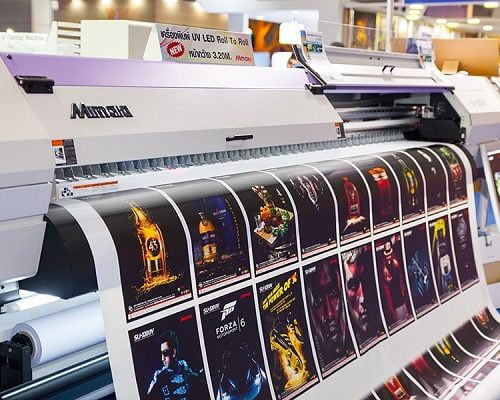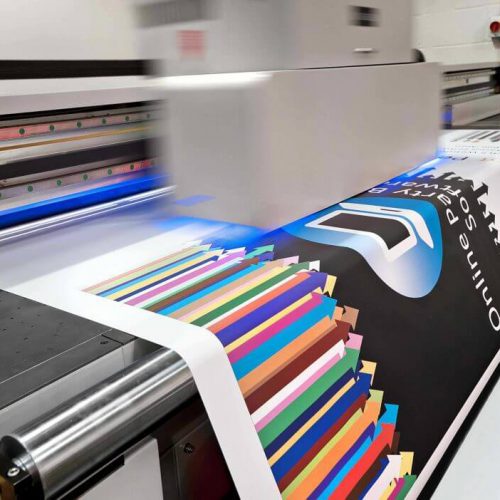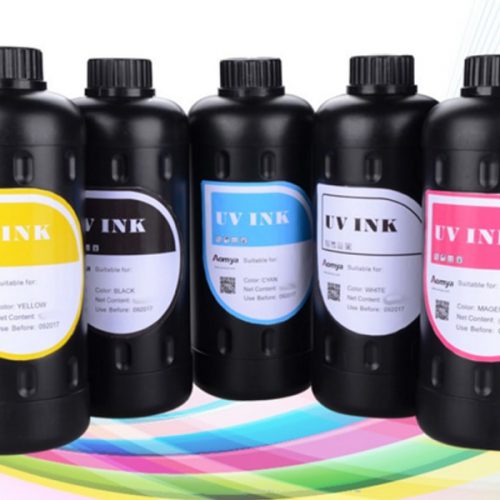The year 2021 is full of new trends in the printing industry such as water-based printing which are completely innovative ideas or the application of nanotechnology, known as nanography. Not only that but there is a battle between digital and offset printing, fabric printing and other technical innovations!
Let’s explore together!
Nanotechnology
Starting in 2021, there has been a major innovation: the application of nanotechnology to printing. So, who are the people behind this new technology? It was Benny Landa and his company.

Nanography – or nanotechnology for printing – is truly a great idea. Nanotechnology is the science of manipulating and transforming materials at the atomic and molecular levels. We’re talking about a scale of 1 to 100 nanometers (1 nanometer is a billionth of a meter, so they’re extremely small).
Usually, materials that are changed on this scale acquire special features. And the same goes for the pigments of cells. Landa created the nanoparticles and incorporated them into a water-based nano-ink. Thanks to the “revolution” of the inkjet process with “indirect” stapling and drying of the ink on the fabric, the result is prints in extremely bright colors and combines the flexibility of digital printing for low costs. and shorter setup times – while maintaining offset printing quality.
This year they will be doing some tests to see if the technology can be used for small format printing.
Digital and offset printing: what are the trends in 2021?
In 2021, the development of Komori printers is something to look forward to.
Why? Komori is a long-standing Japanese offset printing machine manufacturer. If you follow this company’s digital evolution, its trends and innovations will give us important clues as to how quickly digital printing will grow and the market share it will take. stolen from offset printing in the second half of 2019.
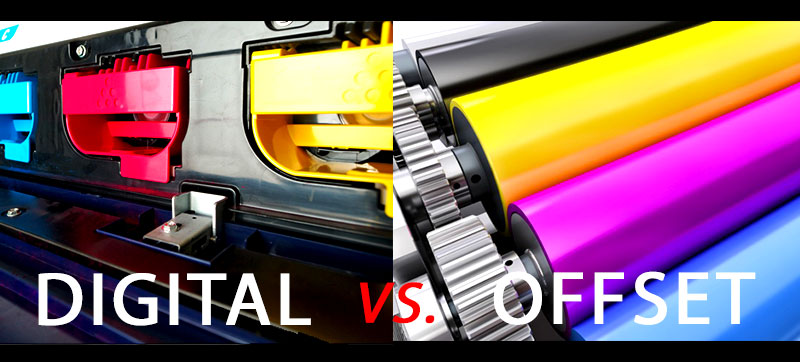
See also: What is offset printing? What you need to know about offset printing
Water printing
In addition to nanography, the development of water-based printing has also grown dramatically. It’s an area that’s attracted a lot of interest, especially in its applications to large format hard media.
Thanks to water-based inks, it is now possible to print on hard, solid tools and media while maintaining excellent color luminosity.
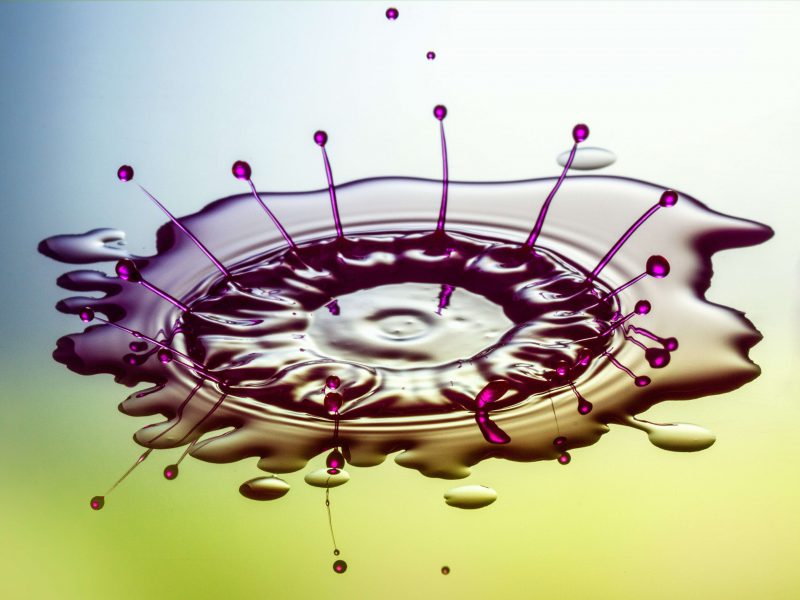
Another important advantage of water-based printing is a greater respect for the characteristics of the media you print on: for example, if we print on wood, you can still see it. its veins; the same goes for specially textured plastics.
Finally, compared to UV printing, water printing is much more environmentally friendly.
Smart crop for B1 and B2 . formats

Another innovation will likely be the end to the B1 format. This finish is the final touch that can make printing personal and professional. It is also the final stage that involves cutting, coating or varnishing. It is an important element in the final product quality.
Cloth printing
In 2018, we’ll take a closer look at fabric printing and take a close look at the technology platforms available.
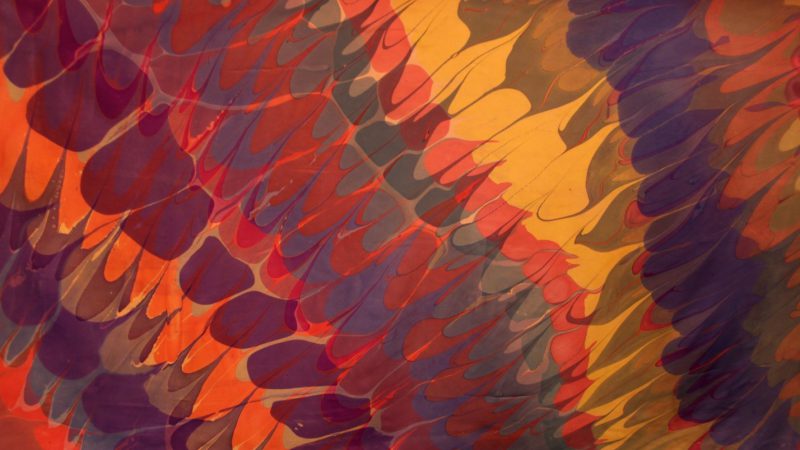
Instant reference: What is silkscreen printing? Basics of silkscreen printing
Digital fabric printing has opened up a new world for architects and interior designers, bringing limitless possibilities to old furniture rework. It can also be used for clothing and creative gift production. We can be sure that it is worth being one of the technological innovations happening in 2021 in this fascinating field of printing.
If you have any ideas about printing name cards, catalogs, vouchers, etc., then you can come to Malu Design to receive thorough advice on printing techniques as well as on design, which will surely bring satisfaction. heart for you.

